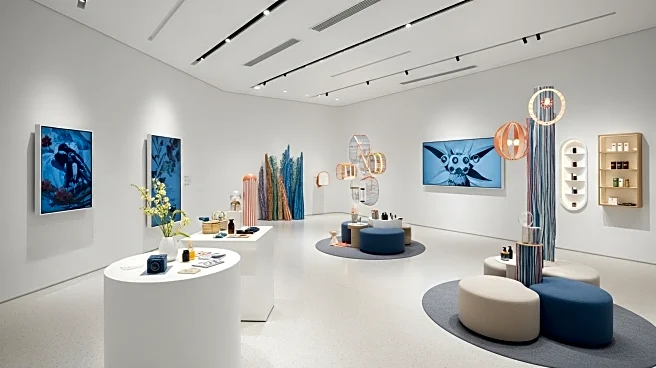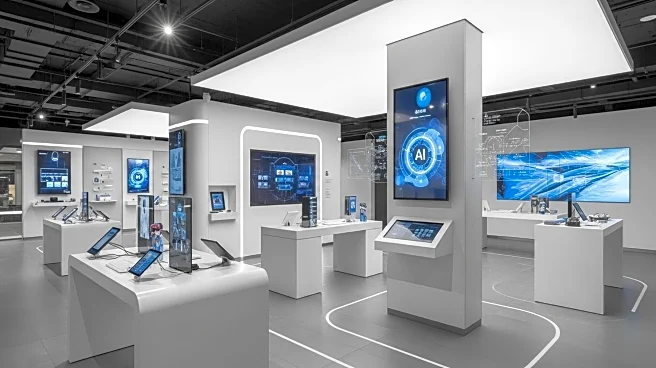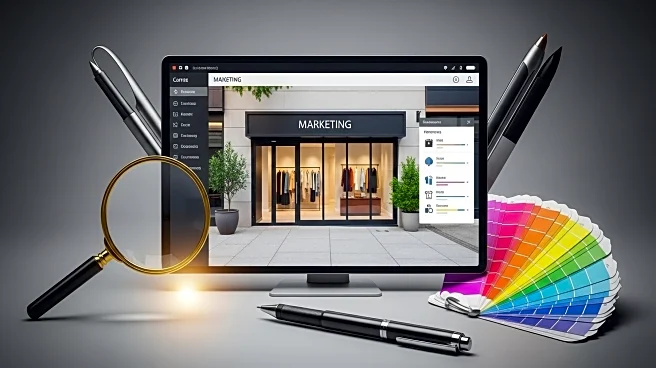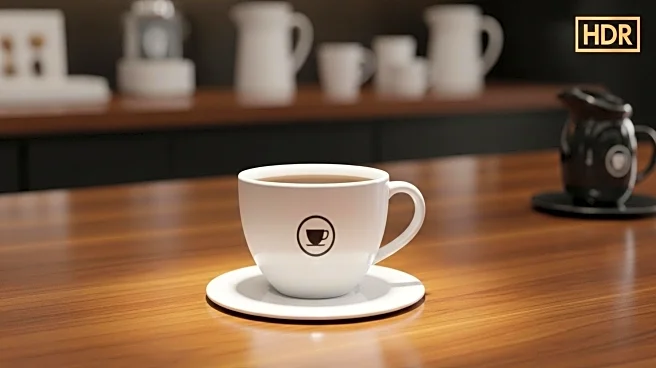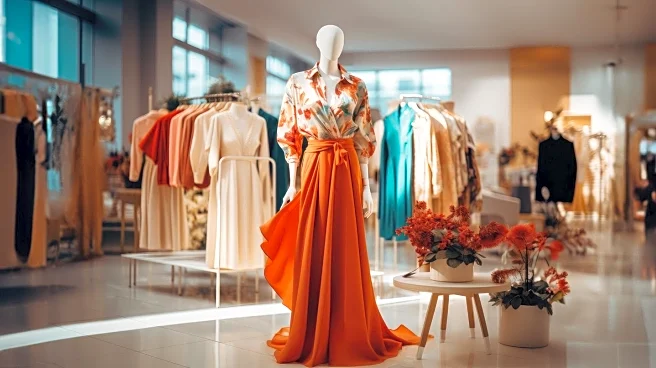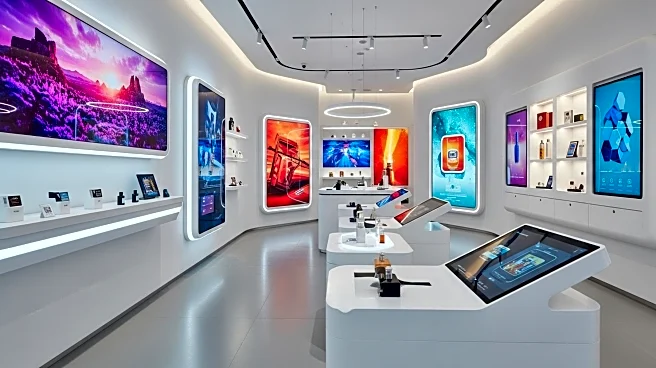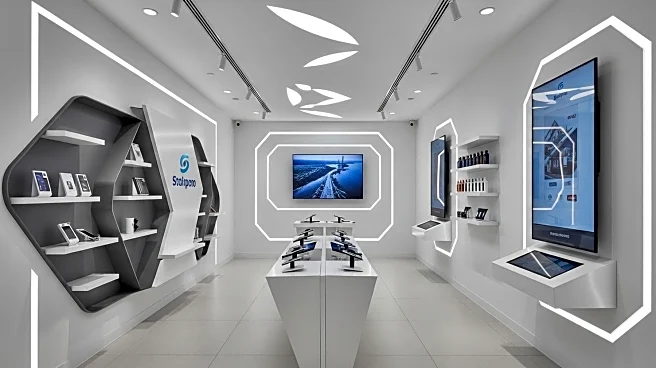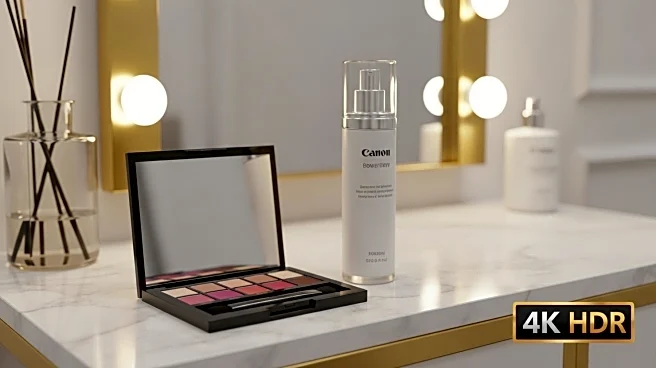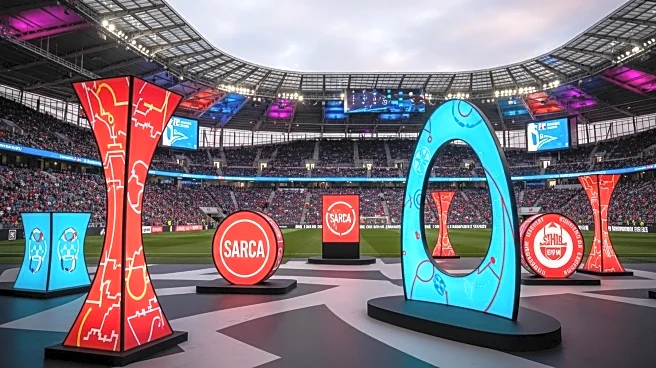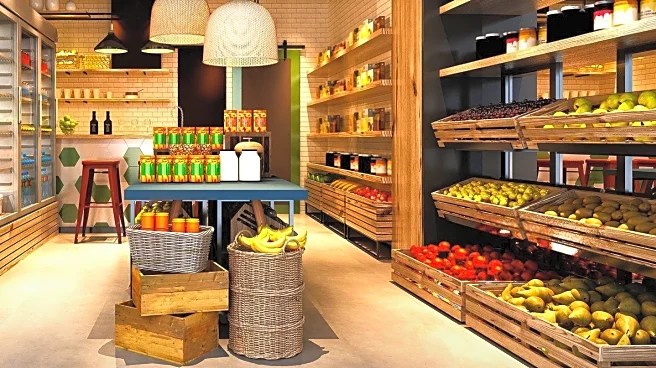What's Happening?
Retailers are increasingly focusing on experiential and immersive design to enhance the in-store shopping experience. Despite advancements in online shopping, consumers, particularly younger generations, continue to prefer physical stores. Melissa Gonzalez, a principal at MG2, emphasizes the importance of creating unique and engaging retail environments. Retailers are incorporating elements like cafes and interactive experiences to attract customers and differentiate themselves in the competitive market.
Why It's Important?
The emphasis on experiential design reflects a shift in retail strategy towards creating memorable and engaging shopping experiences. This approach can help retailers attract and retain customers, particularly as online shopping becomes more prevalent. By offering unique in-store experiences, retailers can differentiate themselves and build brand loyalty. The focus on experiential design may also influence other sectors, such as hospitality and entertainment, to adopt similar strategies.
What's Next?
As retailers continue to innovate, the integration of experiential design elements is expected to become more widespread. Retailers may explore new technologies and partnerships to enhance the in-store experience and attract diverse customer segments. The focus on creating engaging environments could lead to increased collaboration between designers, architects, and retailers, resulting in more dynamic and interactive shopping spaces.
